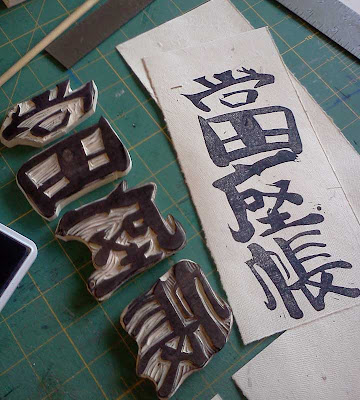Binding techniques are most commonly used to secure sheets of paper or card together to form a booklet, document or book. Most people will have seen binding and in particular wire binding on notebooks and writing pads in a variety of different sizes. The advantage of binding sheets of paper rather than gluing them is that the notebook or pad will lay flat when it is open so doesn’t need to be forced into position to keep it open. The pages can be moved 360 degrees around the wire binding offering users great flexibility and ease of use.
If you go into a stationery shop you will see many note pads and booklets that have already been bound. If you want to have the flexibility to create your own wire binding documents or books then you will need specialist binding and wire binding equipment. Many businesses that use lots of note pads and paper or create wire binding products will have binding equipment. You can get manual equipment for small scale binding or large scale binding equipment for mass production. To use manual binding machinery you fist assemble the document with the front and back covers. You then line it up with the machine so the holes are in the correct place for binding. You then separate the document into sections to be punched then the pages can be placed on the c shaped wire binding. The wire binding machine is then used to close the binding and secure it in place.
 The cost of binding equipment will vary depending on your requirements and the volume of wire binding you need to carry out. If you need lots and lots of documents binding on a regular basis it can be time consuming it so may be worthwhile paying a professional binding company to do this for you. If you are looking to purchase binding yourself then you get a number of different sizes of binding to suit different paper sizes such as A5 and A4. You can also get binding in Image Printing Packaging LTD for a range of different colour options to brighten up your documents.
The cost of binding equipment will vary depending on your requirements and the volume of wire binding you need to carry out. If you need lots and lots of documents binding on a regular basis it can be time consuming it so may be worthwhile paying a professional binding company to do this for you. If you are looking to purchase binding yourself then you get a number of different sizes of binding to suit different paper sizes such as A5 and A4. You can also get binding in Image Printing Packaging LTD for a range of different colour options to brighten up your documents.
If you go into a stationery shop you will see many note pads and booklets that have already been bound. If you want to have the flexibility to create your own wire binding documents or books then you will need specialist binding and wire binding equipment. Many businesses that use lots of note pads and paper or create wire binding products will have binding equipment. You can get manual equipment for small scale binding or large scale binding equipment for mass production. To use manual binding machinery you fist assemble the document with the front and back covers. You then line it up with the machine so the holes are in the correct place for binding. You then separate the document into sections to be punched then the pages can be placed on the c shaped wire binding. The wire binding machine is then used to close the binding and secure it in place.












 Concerns for the well-being of our planet can promote avenues for an
alternative resource to printing. Vegetable-sourced colours do represent
a realistic alternative -- using berries, leaves, flowers, fruits,
roots, bark and insects. A mordant (we used alum) can help the dye
colour become permanent.
Concerns for the well-being of our planet can promote avenues for an
alternative resource to printing. Vegetable-sourced colours do represent
a realistic alternative -- using berries, leaves, flowers, fruits,
roots, bark and insects. A mordant (we used alum) can help the dye
colour become permanent.
